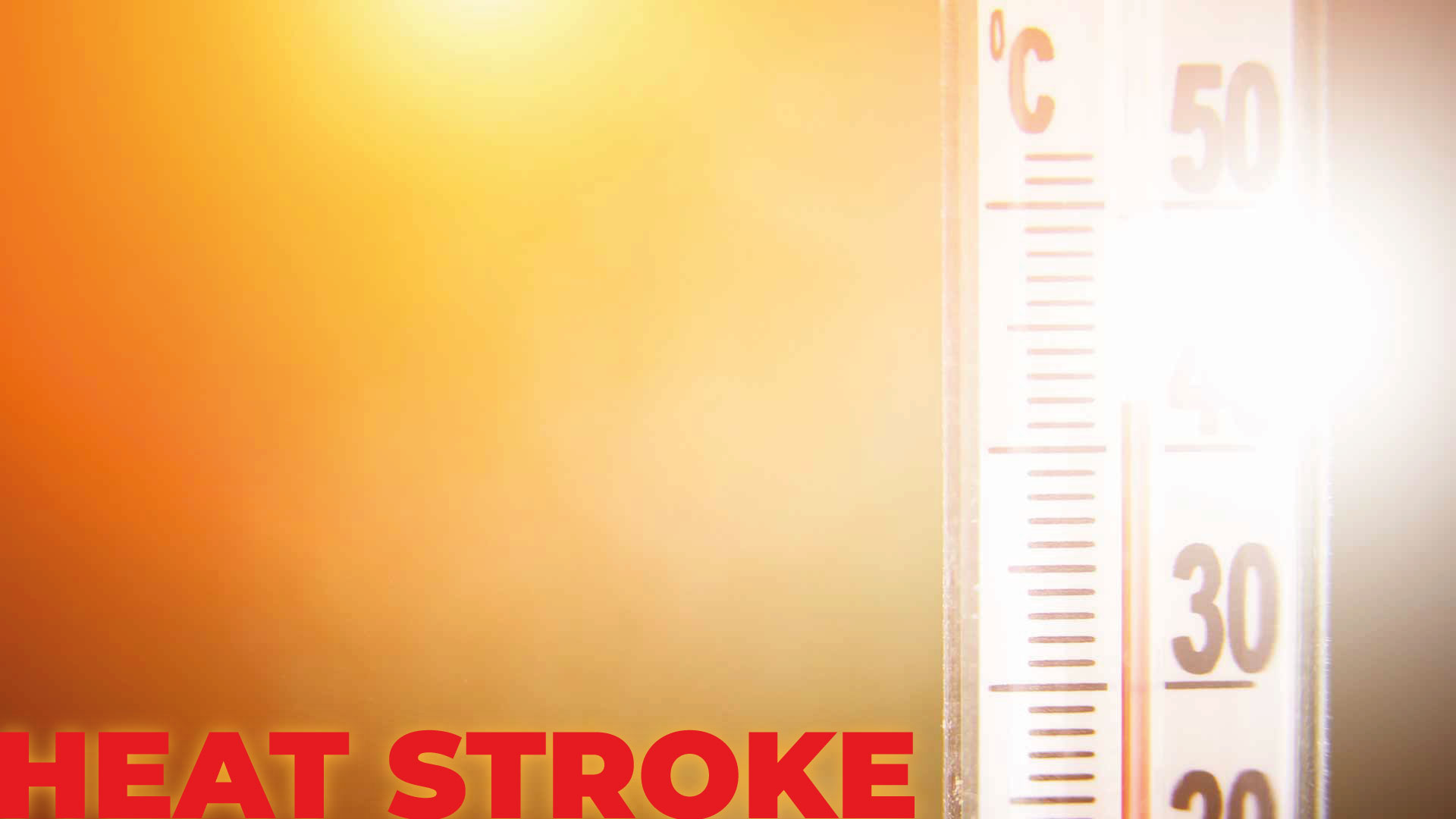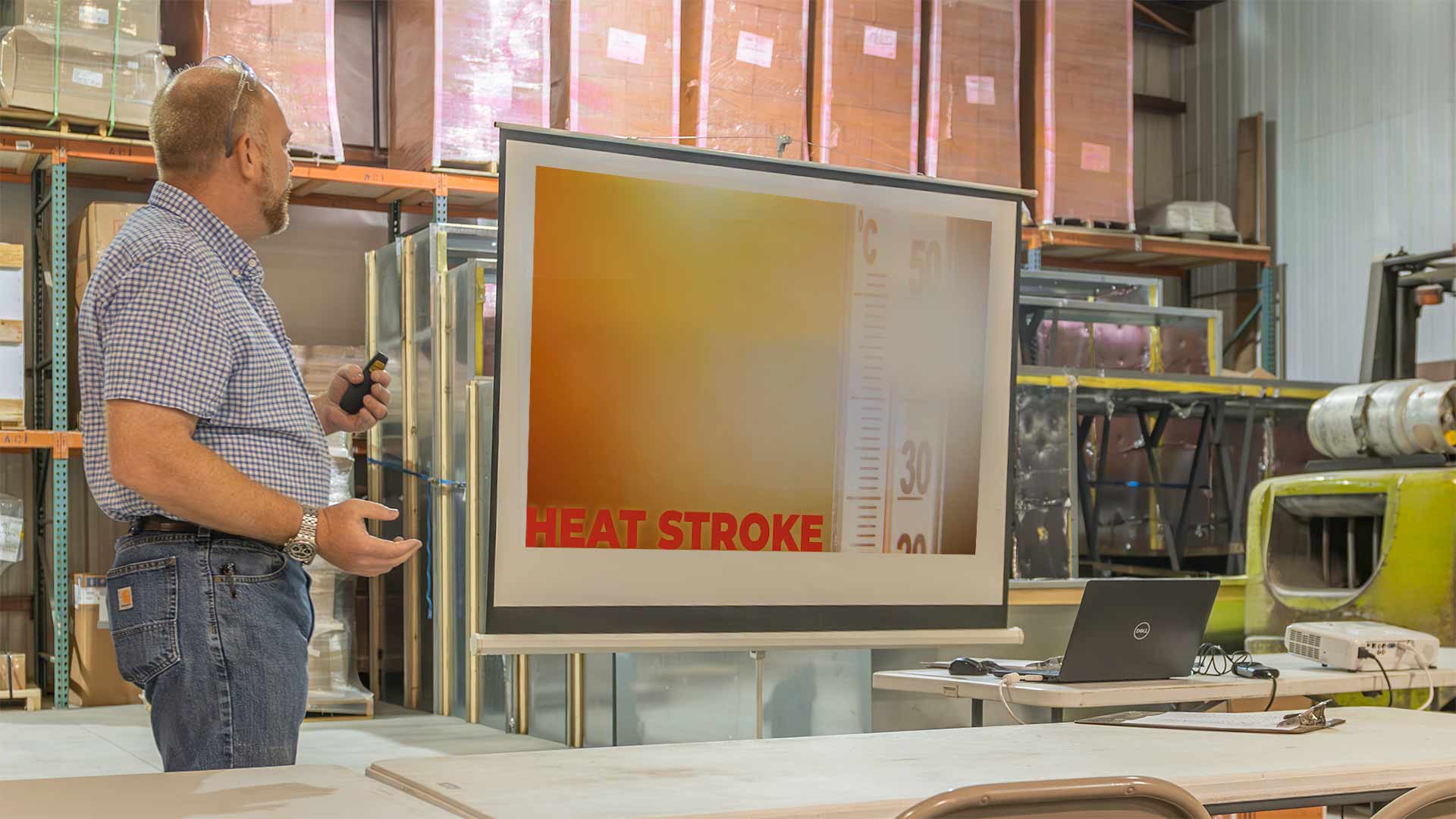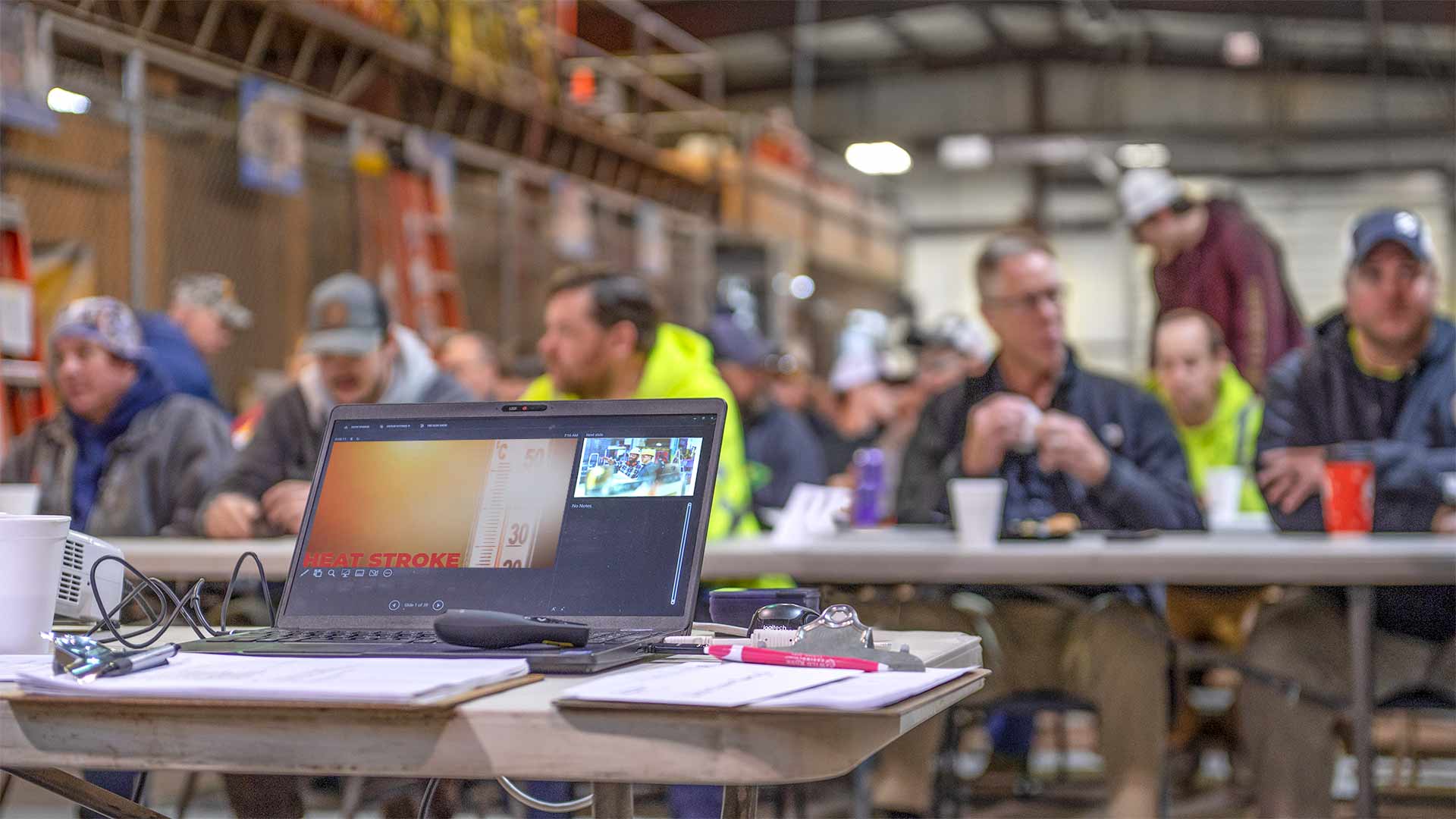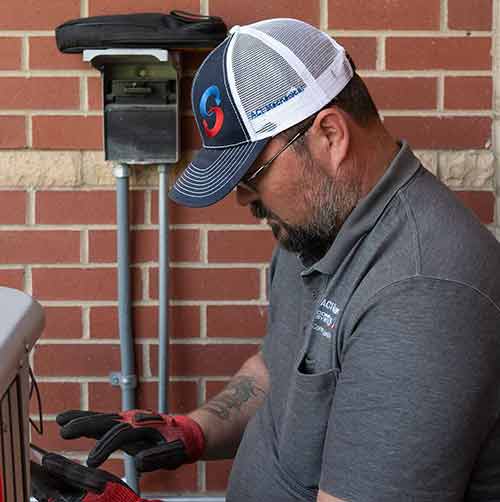
4. Physical Exertion: Engaging in strenuous physical activities, such as heavy lifting or manual labor, elevates the body’s heat production, putting individuals at higher risk of heat stress.
5. Lack of Acclimatization: Insufficient exposure to hot conditions can impede the body’s ability to adapt to heat, making individuals more susceptible to heat stress.
6. Inadequate Hydration: Failing to drink enough fluids can lead to dehydration, further compromising the body’s ability to regulate temperature.
7. Personal Factors: Certain individuals: such as older adults, individuals with certain medical conditions, those taking specific medications, and those who have had a prior heat-related incident may be more vulnerable to heat stress.

8. Working in Direct Sunlight vs. Shade: Employees working in direct sunlight are going to have greater heat stress than those in the shade. Wear lighter colored clothing.
9. Radiant Heat Sources: Additional heat from piping, welding, soldering, and machines must be considered when considering the worker’s environment.
10. Working in Remote Areas or Alone: It is important to consider how long it will take help to arrive when considering any emergency. It is also important to have a way for workers by themselves to have pre-determined plans and methods of needing help or rescue.

THE FOUR STAGES OF HEAT STRESS

You can download a OSHA free app to check the risk of heat index, find it at App Store for Iphone and Android.


